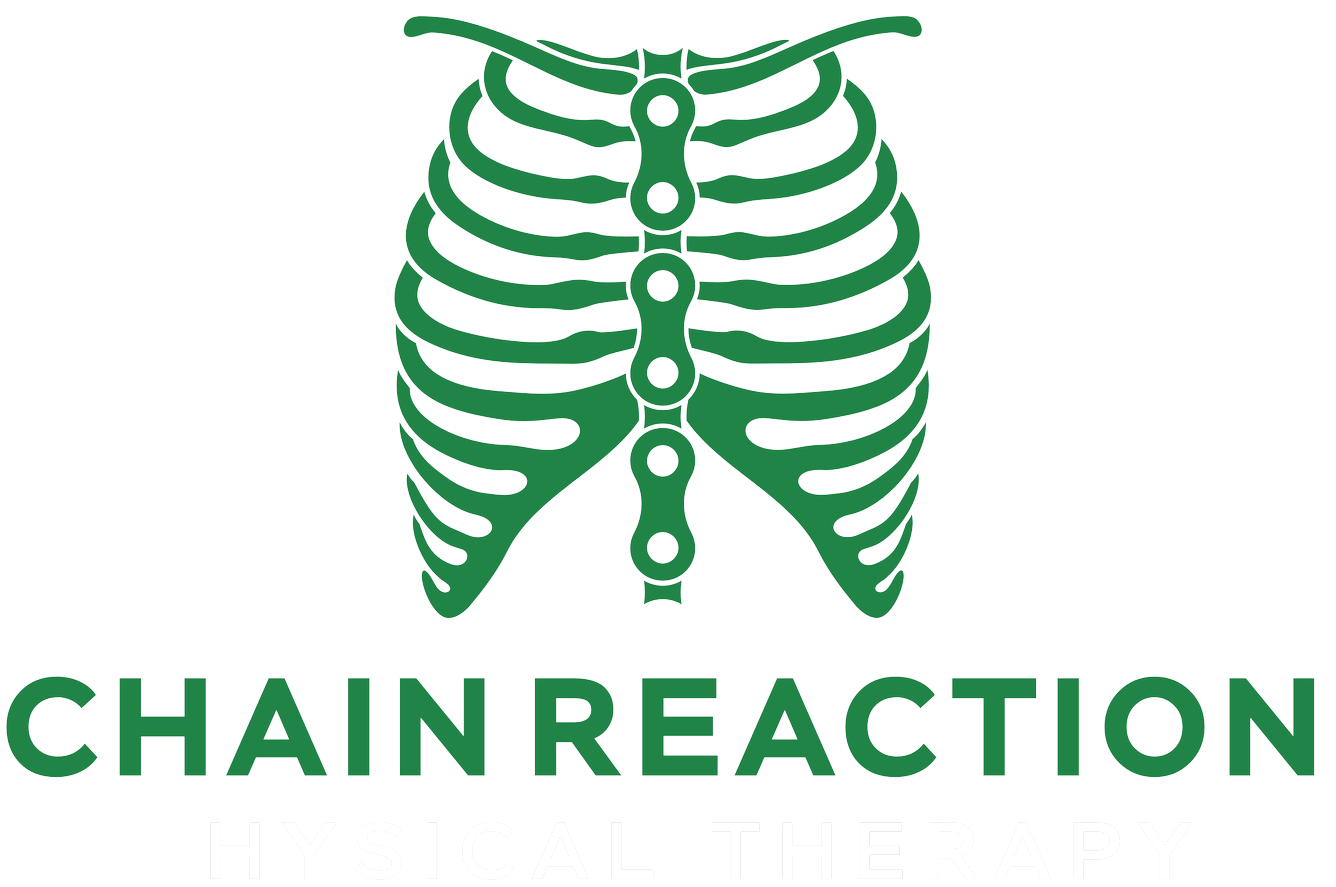How to Avoid Injury Like a Pro
While every single patient I see is different, with unique with different pathology, symptoms, and deficits, there are some common variables that I often see in my athletes that contribute to a multitude of injuries. Here are some easy exercises and tips to help you avoid injury like a pro.
Warm Up
Sometimes (always) we’re strapped for time and want to dive right into a workout. But make sure to do at least a couple of low-intensity, easy warm up exercises. If you’re weightlifting, do some reps at a much lighter weight. If you’re doing something aerobic, make sure to start slowly with lower intensity to get your heart rate up to about 60% of your max before you begin to do any speedwork.
Train in Different Planes
We spend most of our life moving only in the forward direction. The older we get, the less we rotate and move side to side. (Remember playing dodgeball as a kid? Think of all the moves you had to make to avoid getting hit. How many of us move in any way like that during our week now?). This means we don’t use the muscles in our body that rotate us as much. The muscles that control rotation are also often the ones that give us stability. Without that stability, we ask other muscles to do more work and overstress them, oftentimes leading to injury. Things like side lunges, and airplanes are good exercises to incorporate a few times a week.
Include Weight Training in Your Weekly Exercises.
Research shows that after the age of 30, we lose about 10% of our muscle mass every decade. Now, that’s if we do nothing to maintain it. As a physical therapist, I recommend everyone weight train at least 1-2 times per week to maintain muscle mass. In order to actually build more muscle, it needs to be 2-4 times a week. One of the number one mistakes I see my athletes make, especially my endurance athletes, is thinking that as long as they do enough of their aerobic sport, they don’t need to get in the weight-room. I go more into depth why that isn’t the case here.
More On Stability
Like I mentioned above, a lot of our stability muscles are our rotating muscles. They are also typically our muscles that are deeper in our body, located closer to our joints. Because they are deep down and are used more for stabilization than force generation, they are often forgotten about and undertrained. That’s because our body will always take the path of least resistance. If it can get away with using your quadriceps to both run and stabilize your hip, then it’s going to do that instead of trying to use and coordinate your smaller stabilizers; your superior and inferior gemelli, your obturator internus, and quadratus femoris. (They’re even harder to pronounce than quadriceps. Of course our body is going to ignore them). When I have athletes come in with injuries, I can oftentimes trace it back to decreased use of one or another group of stabilizing muscles in our body. It doesn’t matter if you’re a football player or a marathon runner. We need all of our muscles to do their proper jobs to keep us moving.
While injury and pain often can be attributed to several different factors that are personal to that patient, there are a few exercises that can be useful for almost everyone to ensure that you’re priming your body to use your muscles correctly to avoid injury like a pro. Add these few exercises below into your daily routine for a week and take note of what changes you may notice!
Want to learn more about how you can stay injury free? Trying to currently rehab an injury? Click the button below to sign up for a free Discovery Call or Visit to address any aches, pains, or questions you may have.



